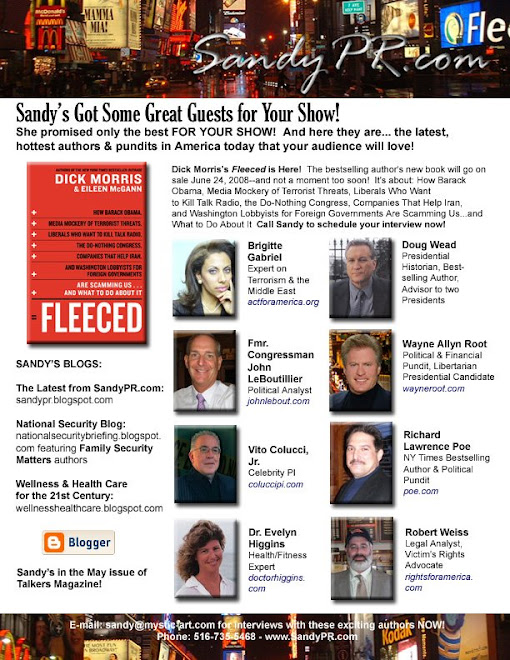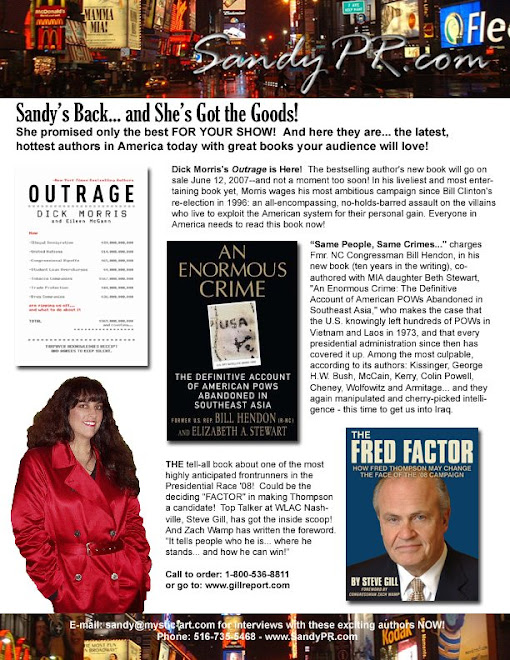As Congress clashes
over immigration reform, New York Times bestselling author Michael
Barone reveals the power and lasting influence of migrations on American
history, politics, and culture.
SHAPING OUR
NATION
How Surges of Migration Transformed America and Its Politics
BY MICHAEL BARONE
If you could be transported back in time 400 years, you would find most of the concentrations of population - China, India, the Muslim world, Western Europe, and Russia - very familiar. But the North America of 1600 looked vastly different from today. Today America represents 5% of the world's population, 25% of its economic production, and 50% of its military capacity. By shedding light on mass movements of people to and within the U.S. over the last few centuries, SHAPING OUR NATION tells the fascinating story of the rise of American people and power.
With immigration reform in the news and on the horizon, SHAPING
OUR NATION is a timely and important primer on how the U.S. came to be
populated. Multiculturalism in this country is nothing new - from its colonial
beginnings, America has been diverse and unpredictable, a nation in flux,
shaped by people moving from one place to another, pursuing dreams and escaping
nightmares. Our ability to deal with these changes, century after century, is a
testament to the power of our Constitution and democracy.
Much of the fabric of modern American politics and culture can be
traced back to these important surges of migration, many of which were neither
predicted at the time nor fully understood until now. Barone begins with the
Scots-Irish migration in the 1760s, which set the template for centuries to
come: a seemingly spontaneous mass movement, motivated by a desire to create a
community in which people could live and thrive as they wanted. In the
comprehensive and surprising history that follows, Barone reveals fascinating
details such as:
- In the early nineteenth century, two migrations -
Yankees moving westward and plantation slavery expanding from the coast -
put Northerners and Southerners in competition for control of the
country's interior, leading to the culture clash that would become the
Civil War.
- The Irish migration to the U.S., after the 1845
potato blight, was the first surge to end in cities rather than the
countryside. As Irish Catholics populated places like New York, Boston,
and Philadelphia, their presence came to characterize the politics and pop
culture of urban America - effects of which are still felt today.
- The opening of the Ellis Island immigration
station in 1892 was followed by a vast and unanticipated surge of
migration from Eastern and Southern Europe which was only stopped by the
outbreak of World War I in 1914 and by restrictive immigration laws in the
1920s.
- German and Scandinavian migration to Iowa,
Minnesota, Wisconsin, and the Dakotas resulted in a distinctive politics
that still exists today - this area has been the most pacifist and
isolationist part of the nation for more than a century.
- Despite the fervor surrounding border patrols,
immigration from Latin America to the U.S. has actually plummeted since
the early 2000s.
Drawing on his vast knowledge of American politics and
demographics, Barone investigates our constantly churning population, and the
shifts and surges that have brought us to today. SHAPING OUR NATION
paints a rich portrait of a country skilled at absorbing diversity and
accommodating population shifts, and provides a complex and vital analysis of
America's past, present, and future.









